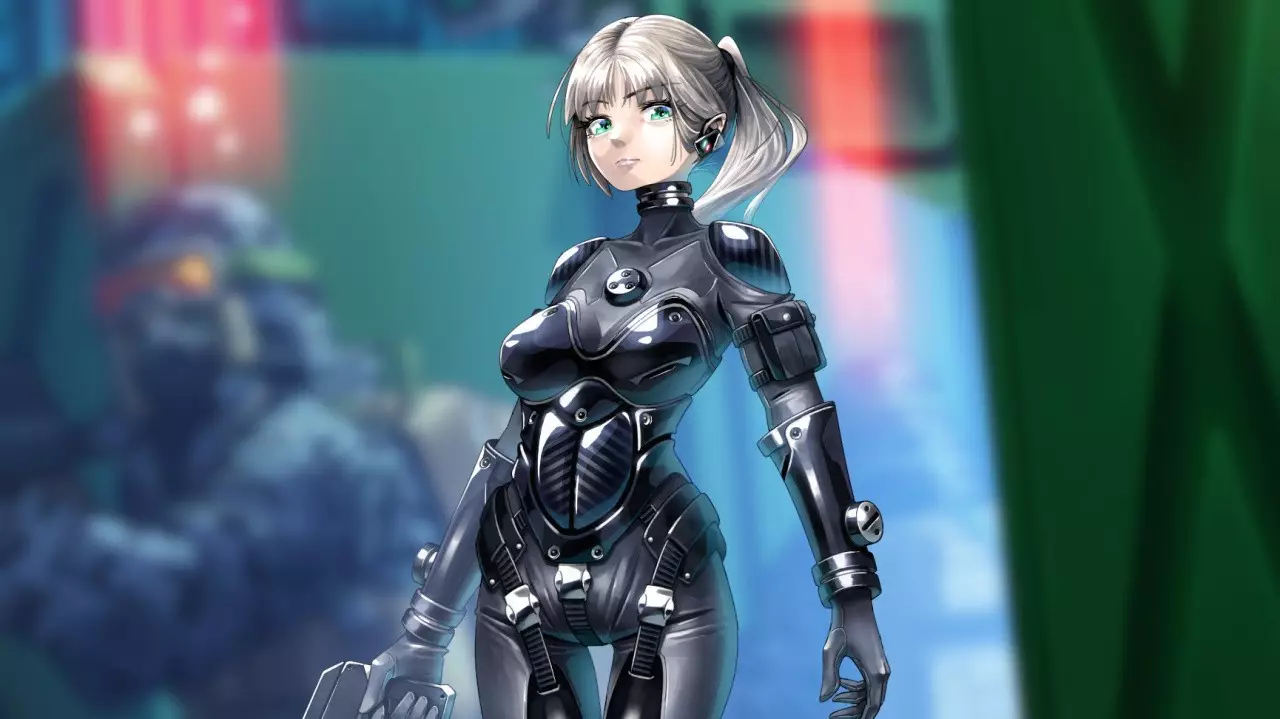In a gaming landscape crowded with blockbuster titles and long-standing franchises, lesser-known indie projects often struggle to find their footing. Yet, within this quiet corner, a new title emerges promising a nostalgic yet innovative stealth experience. This game doesn’t just echo the past; it reinvents it with a modern twist, injecting fresh energy into the genre for both veteran players and newcomers alike. While it may not feature cutting-edge graphics, it embodies a robust spirit of innovation rooted in classic gameplay mechanics—proof that sometimes, less can be more in the world of stealth gaming.
Retro Aesthetics Meet Modern Mechanics
Imagine stepping into the shoes of a clandestine operative in a digital landscape that feels like a love letter to the PlayStation 1 era. The visual design leans heavily on pixel-perfect, low-poly environments reminiscent of the late ’90s, yet it’s paired with gameplay mechanics that feel surprisingly contemporary. The developers have clearly emphasized delivering an authentic stealth experience—complete with the nostalgic fog of pixelated visuals and chiptune-inspired sound design—while carefully integrating elements like procedural mission generation and dynamic weather conditions. This synthesis creates a compelling tension: embracing the simplicity of old-school aesthetics without sacrificing replayability or depth.
What sets this game apart is its commitment to replayability through randomized missions, ensuring no two playthroughs are identical. The unpredictability extends beyond visuals and map layouts; enemy patterns, weather conditions, and even the time of day shift with each run, forcing players to adapt their strategies continually. This approach honors the essence of classic stealth titles while injecting a fresh layer of challenge that modern gamers crave.
Gameplay Depth and Stealth Innovation
At its core, the game is designed for stealth aficionados who appreciate meticulous planning and execution. It offers an array of spy gear—night vision, drones, grenades—that serve as your toolkit for infiltration. However, what truly elevates the gameplay is the addition of a mysterious “Dream Catcher” device, allowing players to infiltrate soldier’s minds and glean vital intelligence. This surreal mechanic blurs the lines between reality and espionage, adding a psychological dimension to the stealth experience. It hints at a narrative that’s far from straightforward, promising twists and turns that can keep players guessing.
Furthermore, the game encourages mastery through skill upgrades and stealth techniques. It champions a “less is more” philosophy: silent takedowns, shadows, and patience become your best allies. Yet, for those craving competitive action, a local two-player mode provides an engaging twist—agent versus agent combat that tests your tactical precision. The promise of this head-to-head mode suggests a game that respects both single-player campaign depth and multiplayer challenge, appealing to diverse preferences within the stealth genre.
Art and Narrative: Authenticity and Intrigue
The character design by ArtePiazza, renowned for their work with Dragon Quest and recent involvement in the Super Mario RPG remake, adds a layer of polish to the game’s aesthetic. The characters, while stylized, exude personality, with animations that faithfully mimic the exaggerated, expressive style of late-’90s sprite work. This visionary choice sparks a feeling of nostalgia, yet the overall presentation feels polished enough to stand alongside modern indie darlings.
Narratively, the game promises a story that evolves as your missions unfold. What initially appears to be a straightforward operation unravels into a web of deception and conspiracy. It’s a bold move that indicates a deeper storytelling approach—players are not only completing objectives but also piecing together the truth behind their assignment. This narrative design urges players to question authority and explore the murky moral landscape of espionage.
Looking Beyond the Surface
Despite its charming retro vibes, the game presents a profound statement: innovation often resides in simplicity. In an era obsessed with hyper-realistic graphics and large-scale open worlds, this title reminds us that engaging gameplay and compelling design can shine through even the most modest aesthetic choices. It’s a celebration of core mechanics—stealth, strategy, and replayability—implemented with care and creativity.
For fans of classic spy films and stealth titles, this game offers a nostalgic yet fresh environment to test their skills. It challenges the misconception that modern gaming requires high-fidelity visuals to deliver excitement. Instead, it proves that a well-crafted stealth experience rooted in authentic mechanics can captivate players just as effectively. As it gears up for release, it’s worth observing whether this under-the-radar gem can carve out its niche amid the giants of the genre. One thing is certain: in the world of stealth gaming, sometimes the greatest victories are achieved in shadows.

